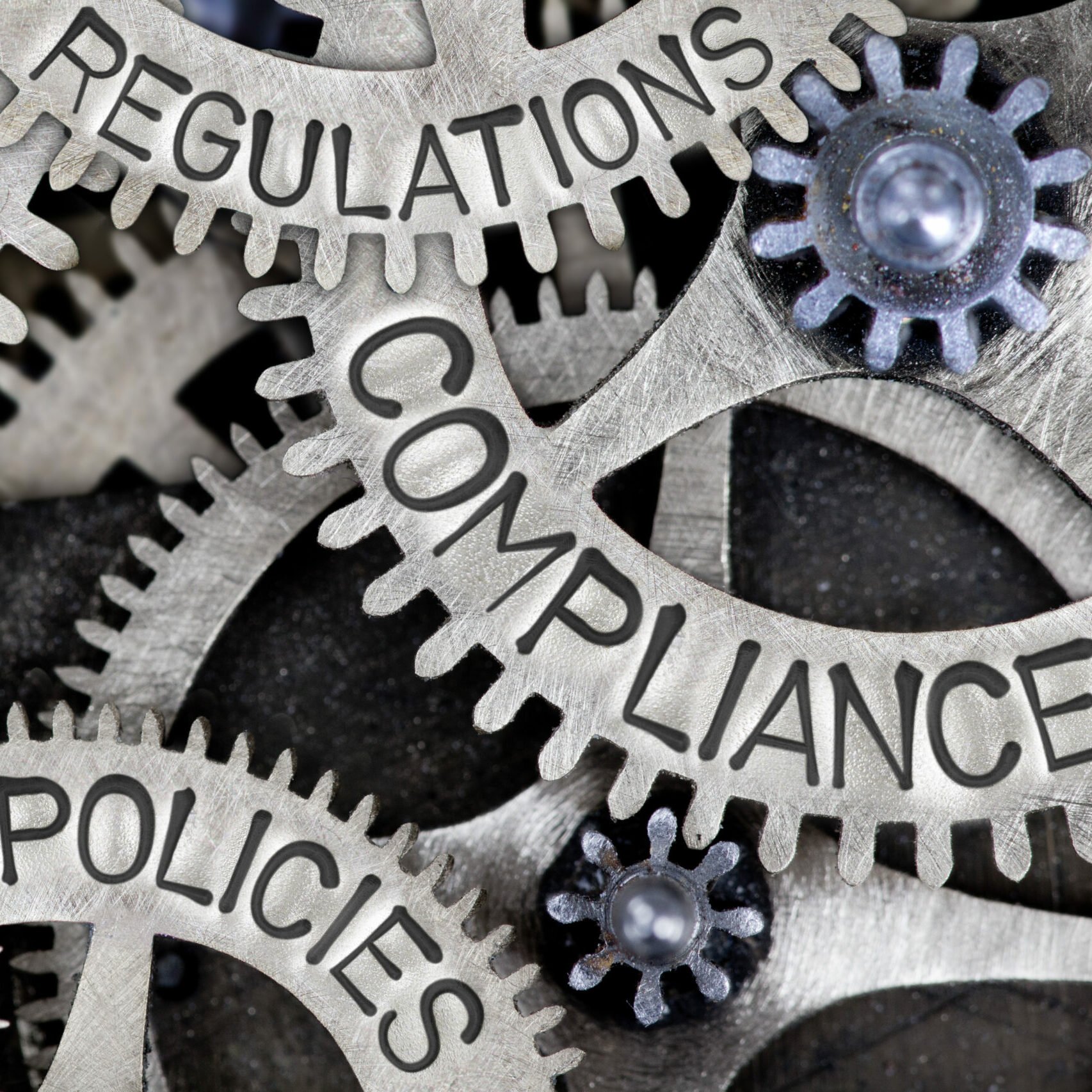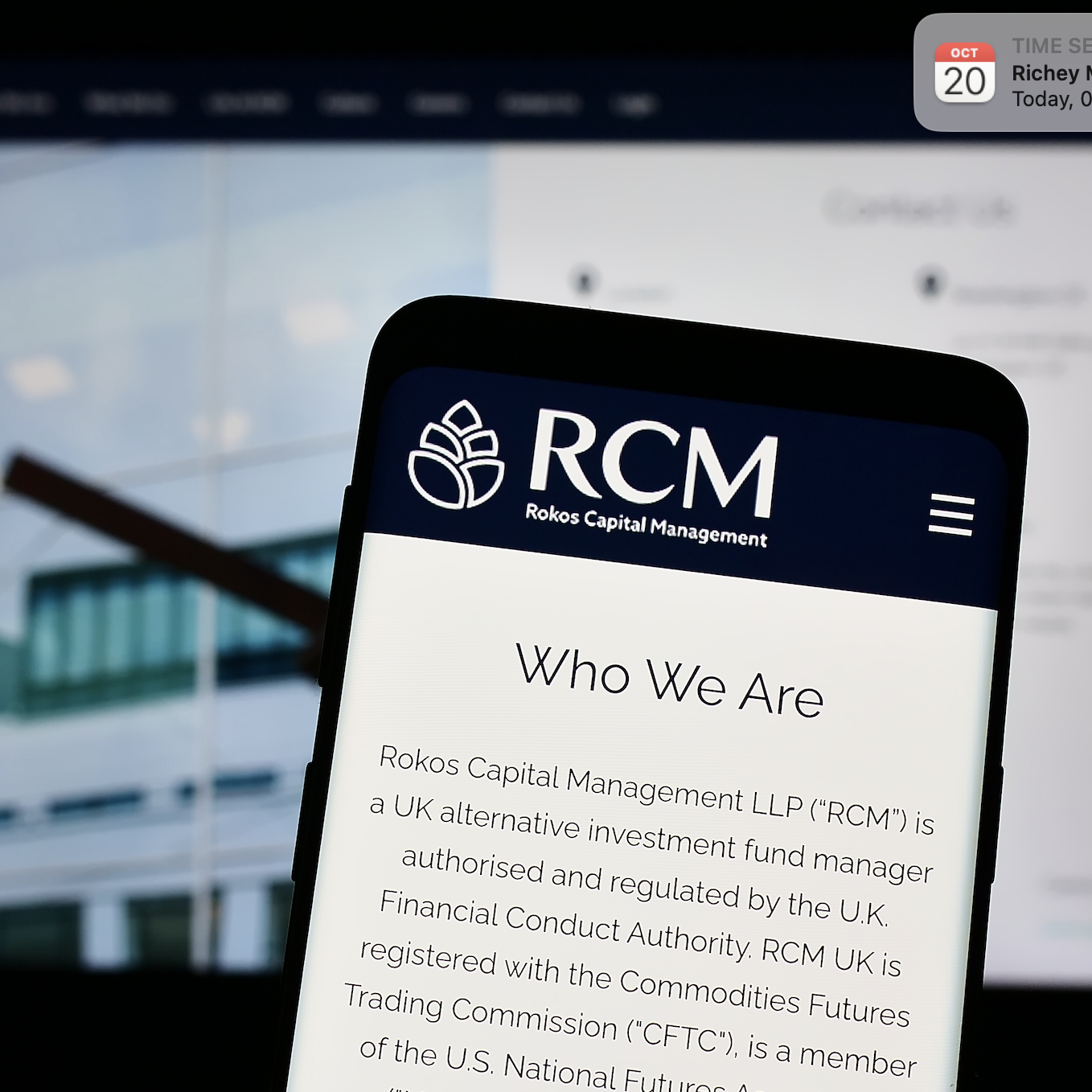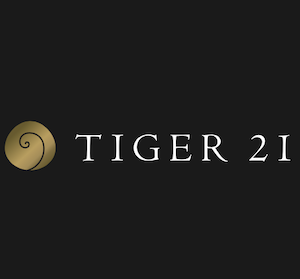In the context of growing demand for digital assets, hedge funds operating in the space need to make a choice critical to the growth of their business – do they build their digital infrastructure or buy in the capabilities from a third party? Their choice here can significantly impact the fund’s operational efficiency and selecting which best suits their specific fund and business can support their development in a fragmented and shifting market.
By Angele Paris
In the context of growing demand for digital assets, hedge funds operating in the space need to make a choice critical to the growth of their business – do they build their digital infrastructure or buy in the capabilities from a third party? Their choice here can significantly impact the fund’s operational efficiency and selecting which best suits their specific fund and business can support their development in a fragmented and shifting market.
Time-to-market and cost
One of the first considerations hedge fund managers need to account for is time-to-market. The speed with which they want to launch their investment strategy will impact whether they build or buy their digital assets infrastructure. In truth, hedge funds investing in digital assets often face significant time pressure to come to market quickly. However, developing one’s infrastructure is far from instantaneous.
James Stickland, CEO at Elwood, comments: “In early 2022, we had many conversations with funds that were effectively trying to ‘catch the bus’, as they aimed to get their digital asset infrastructure up as quickly as possible to generate alpha. While the events 2022 turned these conversations to risk mitigation tools and our reconciliation capabilities, time-to-market remains an essential first consideration, as building infrastructure takes time.”
A thorough cost study that considers ongoing maintenance costs is also crucial. Due to the retail nature of how some exchanges began, there needs to be more standardisation, making the upkeep of several connectors to venues time-consuming. In view of this, maintenance to ensure consistent uptime becomes a necessary expense for managers, particularly during volatile times.
Scalability
Another factor hedge funds mulling the choice between building their infrastructure or buying this expertise should consider is scalability. Funds must evaluate their expectation for development as the market for digital assets grows and decide whether their internal infrastructure can support this growth. “As trading volumes rise, the capacity to scale is crucial to preventing bottlenecks and operating inefficiencies,” says Stickland.
Disparities and seamlessness
The fragmentation still present in the digital asset space can present significant challenges to hedge fund managers looking to launch strategies investing in this asset class. The digital assets ecosystem is developing quickly. However, it is still very new, in contrast to traditional finance, which benefits from decades of research and standardisation. This lack of uniformity leads to fragmentation and inefficiencies affecting operational efficiency.
Getting the digital infrastructure right is essential to addressing these issues. To effectively invest in digital assets, hedge fund managers need several links to exchanges, liquidity providers, custodians, and data providers. According to Elwood, institutional investment activities require about 15 different connections: “Having an institutional-grade infrastructure offers managers the uniformity needed to manage this fragmentation smoothly, enabling funds to function effectively and prevent duplication.”
Optimal processes for operational efficiency and compliance
Even in this nascent asset class, hedge fund managers should follow best practices to maintain operational efficiency and provide a secure investment to their clients. These processes mirror those found in traditional finance.
Due diligence and good governance are essential, and managers must invest in reliable frameworks and procedures to ensure these are delivered to the highest standard, despite any potential cost burden. “Fire insurance looks expensive until your house burns down,” warns Stickland. They must also keep abreast of global regulatory developments and make sure their infrastructure is built to allow them to scale while also remaining compliant with current and future regulations. He further advises: “Regulators globally are looking closely at the space, and while some are more friendly than others, almost all are looking to create guide rails shortly; funds don’t want to be caught out by any changes.”
Fund managers would also do well to invest in knowledgeable experts in the field as, given the emerging status of the asset class, finding specialists in digital assets can sometimes be a challenge. To successfully negotiate the industry’s complexities, hedge funds should invest in training their staff or consider forming partnerships with established players.
Market learnings and future prospects
The collapse of FTX and the crypto winter that followed in 2022 profoundly altered the digital assets market. These events expedited the ecosystem’s development and emphasised the need for strong internal procedures and infrastructure.
The whole of 2022 showed the impact simple market volatility can have, and this put pressure on the ecosystem, underlining the importance of funds understanding their positions and exposures. “These concerns are why Elwood invested much time in bringing ‘what-if scenarios’ to our platform,” Stickland says, “Clients can shock spot prices and volatility to observe their portfolio’s impacts and better understand their exposure. The more comfort we can bring to clients through infrastructure with tools and features they would expect in other asset classes, the faster we will see institutional adoption.”
As a result of the diligent work by industry participants, themes which are part of the fabric of traditional finance, such as due diligence, good governance, and institutional architecture, are now more frequently discussed in the context of digital assets. The industry is now clearly focused on risk reduction, compliance, and the management of counterparty risk, in addition to direct market access and venue connectivity.
“Crypto isn’t so ‘new and cool’ to be able to avoid core requirements found in all other financial systems and processes,” notes James, “The most frequent topics Elwood engages in of late concern our advanced suite of risk mitigation features and monitoring tools. But it’s encouraging to see Elwood and other industry participants providing solutions to these challenges. We have seen several digital asset custodians providing solutions to minimise counterparty risk in the wake of FTX.”
Looking ahead, Stickland expects to see more interest in decentralised financing (DeFi). But before institutional players engage in DeFi, issues with speed, functionality, and scalability must be resolved. Until these are addressed, James believes institutions will continue to observe rather than engage in the immediate future.
“Ultimately, the primary lesson I hope has been learned is that we should demand more transparency from industry participants, as made clear by the FTX collapse. However, we should plan and manage our risk accordingly to minimise the impact of bad actors as we would in any other market; digital assets are not different in this respect,” says Stickland.








